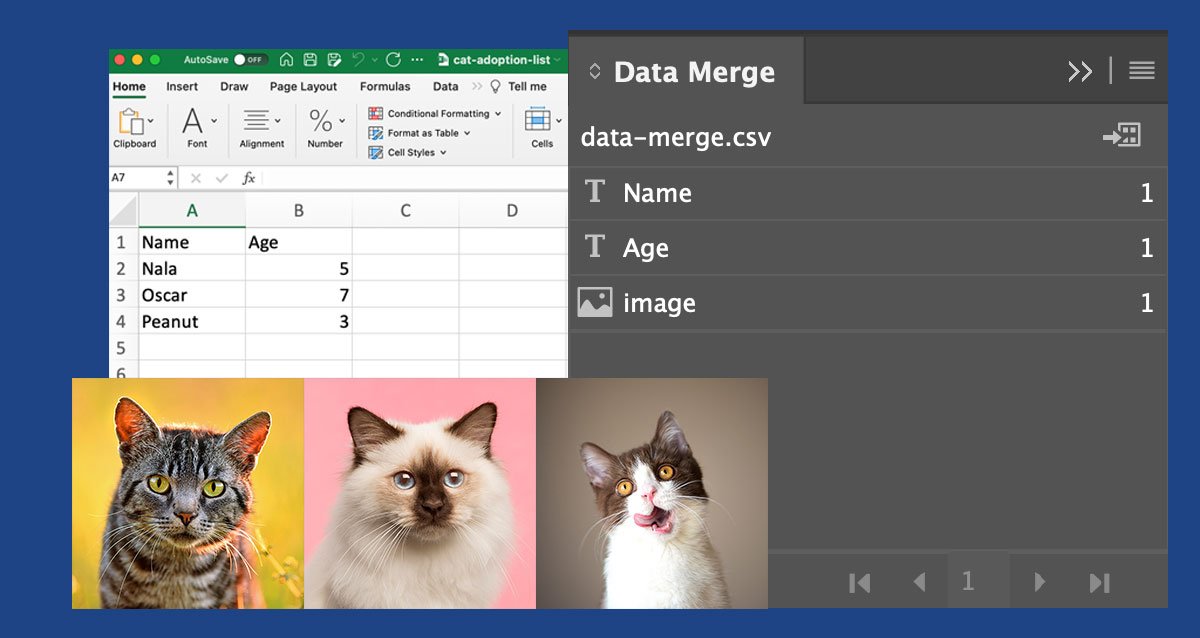Searching for the perfect images to use for your website or article to summarize a page’s contents can take time. It may be tempting to save an image from Google image search, clip a screenshot from a YouTube video, or download a meme you just created with a generator online.
Are these images copyright or fair use?
To determine if you can publish a copyright image (and not get in trouble), this article dives into the copyright and fair use definitions, examples, and links to additional resources.
Disclaimer: The content and materials available in this article are for informational purposes only and not for the purpose of providing legal advice. You should contact your legal representative to obtain advice with respect to any particular issue or problem. The opinions expressed in this article and through this site are the sole opinions of the individual author.
What defines a copyright image?
The U.S. Copyright Office defines a copyright image to be a type of intellectual property that protects the original creator as soon as they publish the work in a tangible form of expression. There are many different types of works with copyright; including photographs, illustrations, blog posts, movies, and more.
The copyright provides the owners with the exclusive right to reproduce the work in copies, display the work publically, and the right to authorize others to exercise these exclusive rights, subject to certain statutory limitations. (Click here for the full exclusive rights list.)
What defines a fair use image?
Fair use images allow the use of copyright-protected work without a license or permission from the creator. If your purpose using the image is for criticism, comment, news reporting, teaching (including multiple copies for classroom use), scholarship, or research – and meets all four fair use factors, then it is not an infringement of copyright.
In the official language of Section 107 of the Copyright Act, it outlines the limtations on exclusive rights for fair use. Specifically, there are four factors to consider to determine if the may be deemed for fair use:
- The purpose and character of the use of the work is not commerical. Must have a “transformative factor” which uses the work for a new purpose.
- The nature of the copyrighted work is published; fact-based work is likely to be fair use.
- The amount the original work is being used is small or the needed amount for the purpose favoring fair use
- The use of the work does not effect the market or value of copyright work
Transformative factor about fair use images
Before deciding the copyright work to be fair use, you need to identify if the use of the work is “transformative.” Is the material taken from the copyrighted work used differently from the original, or is the work used for the same intent and value as the original?
Fair Use Image Example #1
A healthcare clinic publishes an educational article with an image of a winter storm taken from a weather station to describe the likelihood of injury types. This use is “transformative” as the image use has a different purpose than the weather station using the image to convey the temperature and forecast.
Fair Use Image Example #2
A teacher includes photos of multiple famous paintings in a lecture slide deck to describe the work’s history and influence. The paintings’ original purpose is for aesthetics, and the teacher’s presentation is for educational purposes, which makes it a “transformative” use.
When in doubt of fair use – don’t use the copyright
If you are unsure, it’s best not to use the copyright work without receiving legal counsel. Using work that does not satisfy all four factors of fair use, you may receive unfriendly notices and potentially violate the terms of services of any platforms you are using to share your work.
Need help creating graphics that you have the license to use? Contact us today.
Resources:
- U.S. Copyright Office
- The Fair Use Checklist by Kenneth D. Crews (formerly of Columbia University) and Dwayne K. Buttler (University of Louisville) is licensed under the CC BY 4.0.

With over 10+ years of experience in marketing and design, Jiun help businesses manage and execute marketing campaigns, track goal metrics, develop SEO-friendly content, optimize the buyer lifecycle, and collaborate with multiple partners, vendors, and press to maximize a brand’s lead acquisition strategy. Her background in marketing, graphic design, and front-end web development allows her to easily plan, communicate, and develop projects to meet your organizational goals.



